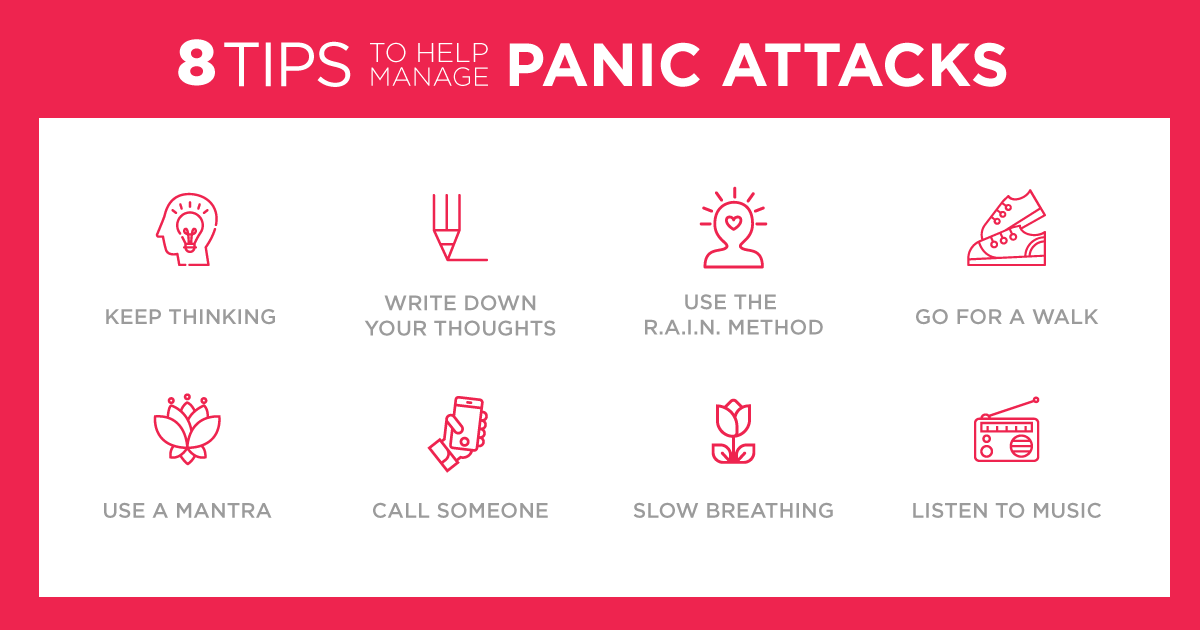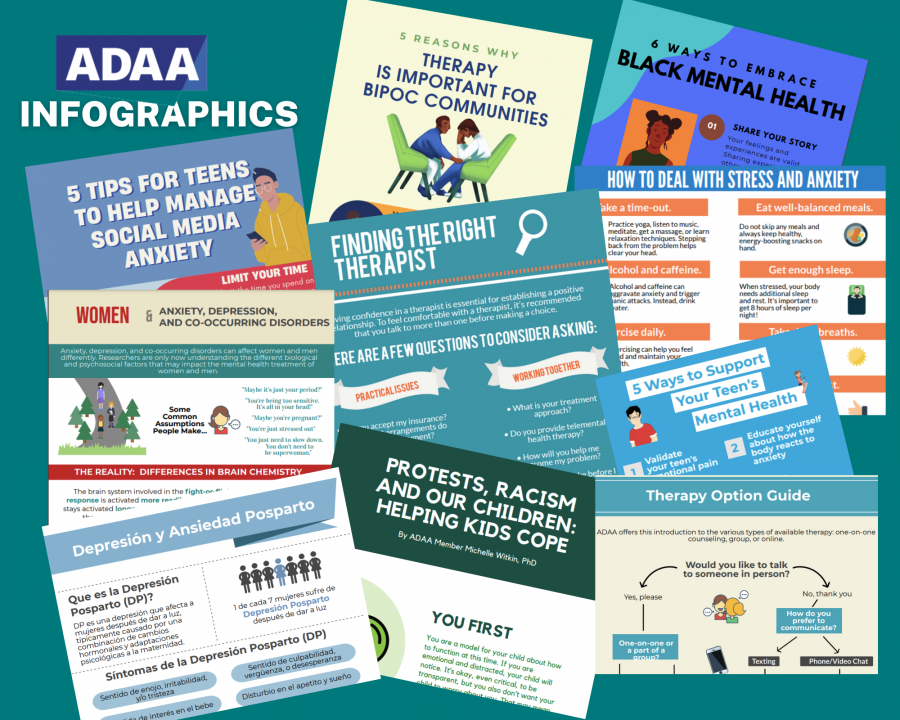Discover effective strategies and meaningful support systems that can help you navigate through moments of panic and anxiety gracefully.
Table of Contents
- Introduction: What Are Panic Attacks?
- Section 1: Understanding Your Feelings
- Section 2: Signs of a Panic Attack
- Section 3: Who Can Experience Panic Attacks?
- Section 4: Tips to Manage a Panic Attack
- Section 5: When to Seek Help
- Section 6: Learning About Therapy
- Section 7: How Family and Friends Can Support
- Section 8: Healthy Habits for Your Mind
- Conclusion: Remember, You’re Not Alone
- FAQs
Introduction: What Are Panic Attacks?
Have you ever felt really scared or worried all of a sudden? Maybe your heart started racing, you found it hard to breathe, or you felt like everything around you was spinning out of control. These intense moments of fear and anxiety are called panic attacks.
Imagine your body goes into superhero mode, ready to protect you from danger, but sometimes it gets a little too sensitive and jumps into action even when there’s no real threat. That’s what happens during a panic attack.
Section 1: Understanding Your Feelings
Feeling anxious means being worried or scared about something. It’s like having a little alarm inside you that goes off when you’re facing a tough situation.
1.2 When Anxiety Becomes a Lot to Handle
Sometimes, anxiety can become too overwhelming, and that’s when it might lead to a panic attack. It’s like all those worried feelings suddenly become too big for you to handle all at once.
Section 2: Signs of a Panic Attack
When it comes to panic attacks, there are certain signs or symptoms that your body and mind might show. These signs can be physical or emotional, and it’s important to recognize them to understand what’s happening.

Image courtesy of www.istockphoto.com via Google Images
2.1 What Might You Feel?
During a panic attack, you might experience a range of physical symptoms such as a fast heartbeat, sweating, trembling, or feeling dizzy. These physical signs can make you feel like something is really wrong with your body, even though there might not be anything visibly wrong. It’s your body’s way of responding to intense feelings of fear or worry.
Aside from physical symptoms, a panic attack can also bring about emotional signs like intense worry, feeling like you’re losing control, or even a sense of impending doom. It might be scary and overwhelming, but remember that these feelings will pass, and you are not alone in experiencing them.
Knowing these signs can help you identify when you’re having a panic attack and seek help or use coping techniques to manage it better. It’s essential to listen to your body and mind, understand what they’re trying to tell you, and know that it’s okay to ask for help if needed.
Section 3: Who Can Experience Panic Attacks?
Did you know that anyone, including kids like you, can have a panic attack? Sometimes, certain conditions like clinical depression, post-traumatic stress disorder, or postpartum depression can make someone more likely to experience a panic attack. These conditions are kinds of mental health issues that can affect how we feel and act.
So, if you ever feel really scared or overwhelmed by your feelings, remember that you’re not alone. Lots of people, of all ages, go through moments like this.
Section 4: Tips to Manage a Panic Attack
When a panic attack strikes, it can feel really scary and overwhelming. But remember, there are some simple things you can do to help yourself feel better. Here are some tips to manage a panic attack:

Image courtesy of medium.com via Google Images
4.1 Deep Breathing
One of the best ways to calm your body during a panic attack is to practice deep breathing. Try taking slow, deep breaths in through your nose and out through your mouth. As you breathe, try to focus on filling your belly with air, then slowly releasing it. Deep breathing can help slow down your heart rate and make you feel calmer.
4.2 Focus on What’s Around You
When you’re in the midst of a panic attack, it can be helpful to shift your focus away from the feelings of fear and worry. Look around and try to find five things you can see or touch. Describe them in your mind or out loud. This simple exercise can help bring your attention back to the present moment and away from the panic.
4.3 Simple Exercises
Another way to manage a panic attack is to do some gentle exercises or movements. You can try stretching your arms above your head, rolling your shoulders, or even going for a short walk if you’re able to. These movements can help release some of the pent-up energy that often comes with a panic attack. Pay attention to how your body feels as you move and focus on the sensations it brings.
Section 5: When to Seek Help
It’s important to know that it’s okay to ask for help when you’re feeling overwhelmed or have a panic attack. You don’t have to go through it alone. There are people who care about you and want to help make things better. If you’re ever feeling scared or worried, don’t hesitate to reach out to someone you trust, like your parents, teachers, or a counselor at school.
When your feelings start to become too much to handle, and you’re not sure what to do, it’s a good idea to talk to someone about it. They can listen to you and help you figure out how to feel better. Don’t keep it all inside – sharing your thoughts and feelings with someone can make a big difference.
Section 6: Learning About Therapy
Therapy is like talking to a special person who is trained to help with feelings. It’s a safe place where you can share your thoughts and worries without feeling judged. A therapist is someone who listens carefully and can give you ideas on how to manage your anxiety better.

Image courtesy of adaa.org via Google Images
By talking to a therapist, you can learn more about why you feel anxious and how to cope with those feelings. They can teach you exercises and techniques to help you feel more relaxed and in control. Sometimes, just having someone to talk to can make a big difference in how you feel.
Therapy can help make anxiety feel less scary because you’re not facing it alone. It’s like having a helper on your team who wants to see you feel better. Remember, it’s okay to ask for help when you need it, and talking to a therapist could be a great step in feeling better.
Section 7: How Family and Friends Can Support
When someone you care about is having a panic attack, it can be really scary for both of you. But there are things you can do to help your friend or family member feel better and safer. Here are some ways that you can be supportive:
7.1 Listen and Stay Calm
One of the most important things you can do is just listen and stay calm. Your loved one might be feeling really overwhelmed, so being a calm presence can help them feel more at ease.
7.2 Offer Reassurance
Let your friend or family member know that you are there for them and that they are not alone. Reassure them that they are safe and that you will help them get through this tough moment.
| Tips & Support for Managing Panic |
|---|
|
Tip Take slow, deep breaths to calm yourself down during a panic attack. |
|
Support Reach out to a trusted friend or family member to talk about your feelings. |
|
Tip Practice mindfulness and meditation to help reduce anxiety levels. |
|
Support Consider speaking with a therapist or counselor for professional guidance. |
|
Tip Engage in regular physical exercise to release tension and improve mood. |
7.3 Help Them Practice Breathing Exercises
Encourage your loved one to take slow, deep breaths with you. Breathing exercises can help calm their body down and make the panic attack less intense.
7.4 Remove Them from Stressful Situations
If possible, try to move your friend or family member to a quiet and safe place away from whatever triggered the panic attack. Creating a calm environment can help them feel more at ease.
7.5 Be Patient and Understanding
Remember that recovering from a panic attack takes time, so be patient with your loved one. Show them that you understand what they are going through and that you will support them no matter what.
By being there for your friend or family member during a panic attack, you are showing them how much you care. Your support can make a big difference in helping them feel safe and calm again.
Section 8: Healthy Habits for Your Mind
It’s important to take care of your mind just like you take care of your body. Here are some easy habits you can start doing every day to keep your mind healthy and happy!

Image courtesy of slidesgo.com via Google Images
8.1 Getting Enough Sleep
Sleep is super important for your mind and body. When you don’t get enough sleep, you might feel grumpy or have trouble concentrating. Try to go to bed at the same time every night and make sure you get around 8-10 hours of sleep.
8.2 Fun and Relaxation
Doing things you enjoy is a great way to relax your mind and have fun! Whether it’s playing with your favorite toy, drawing, watching a movie, or going outside to play, taking breaks and doing fun activities can make you feel happy and less stressed.
8.3 Talking About Feelings
It’s okay to feel sad, scared, or worried sometimes. Talking about your feelings with someone you trust, like a parent, teacher, or friend, can help you feel better. It’s important to remember that you’re not alone and there are always people who care about you and want to help.
Conclusion: Remember, You’re Not Alone
Hey there, if you ever find yourself experiencing a panic attack or feeling overwhelmed by anxiety, always remember you’re not alone. Many others, including kids like you, face similar feelings. It’s essential to know that it’s okay to reach out for help and support when you need it.
Feeling anxious or having a panic attack can be really scary, but there are lots of people who understand what you’re going through and want to help. Whether it’s talking to your parents, a teacher, a school counselor, or a trusted adult, there are always caring individuals ready to offer a helping hand.
Remember, you deserve to feel safe and supported when dealing with your mental health. It’s perfectly okay to ask for help and express your feelings. You are valued, and there are resources available to assist you in managing your anxiety and panic attacks.
So, take a deep breath, know that you’re not alone in this, and always reach out if you need help. You’re stronger than you think, and together, we can navigate through any challenges that come our way.
FAQs
What’s the difference between being scared and having a panic attack?
Being scared is a normal feeling we have when we’re in a situation that makes us nervous or worried. A panic attack, on the other hand, is a sudden and intense feeling of fear or discomfort that is not caused by any real danger. It can feel overwhelming and may come out of nowhere.
Why do people get panic attacks?
People can get panic attacks for different reasons. Sometimes, it’s because they are under a lot of stress or have been through a traumatic event. Other times, it can happen without a clear reason. Our bodies and minds can react in unexpected ways, leading to a panic attack.
Can you stop a panic attack?
Yes, you can stop a panic attack or at least make it less intense. Deep breathing, focusing on what’s around you, and doing simple exercises can help calm your body and mind during a panic attack. It’s important to remember that panic attacks are temporary and will pass.
What do I do if my friend has a panic attack?
If your friend is having a panic attack, it’s essential to stay calm and reassure them that everything will be okay. Encourage them to take deep breaths and help them find things to focus on around them. Let them know that you are there for them and that they are not alone. If their panic attack continues or gets worse, it’s crucial to seek help from an adult or someone who can provide support.





